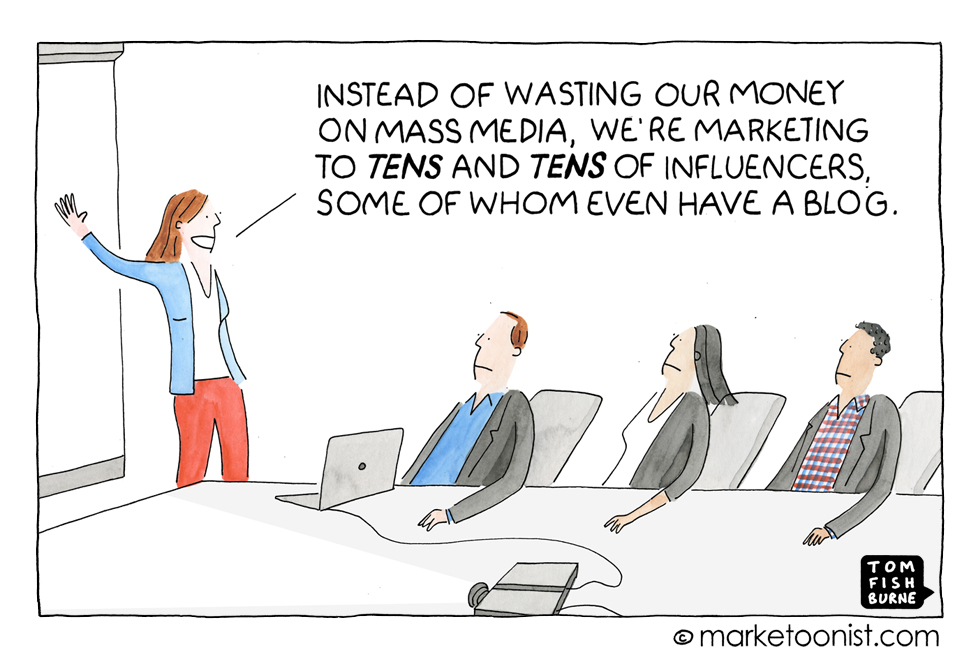‘Influence’ as a subject has been popping up on this blog since 2010, the last post sometime in Feb 2014. In about half a dozen posts, I wrote about influence in the context of the landscape and complexities, visibility-credibility framing, the data driven approach and its challenges, ‘micro celebrity’ price tags, brands’ usage of influencers as media, and my talk on influence at #WIN14.
Conceptually, I am all for “influencer marketing”. I know it can work in some contexts because of what we achieved with it in Myntra in 2012-13. But even further back, in 2010, thanks to a discussion on a post by Palsule, I realised that with web platforms, after a certain scale is reached, the culture starts resembling that of mass (media) and the ‘influencers’ as well as ‘influenced’ begin a relationship that’s familiar from a mass media era. (Influence Cycles)
Since then, even as the balance of content on the web shifted towards hordes of individual creators, the tools to measure influence never really kept up. Most of the focus was on measuring the currency most familiar to marketers from traditional media – reach. The intent of brands of social became driven by this dynamic. A Maslow’s hammer, if you will. Trending twitter hashtags was is a classic manifestation. Does it have its uses? Of course, but the trouble is in assuming that reach is the same as influence.
I must admit that I have had very few additional perspectives on ‘influencer marketing’ since the last post, but around me, I can see the cottage industry of 2016-17 blooming, even as the old challenges remain unresolved. The hammer has invaded my Twitter & Instagram feeds, with not even a semblance of relevance, and no pretence of a disclosure in most cases. Thankfully, as an audience, the relationship is easy to end.
On the other side, the supply is busy creating itself. I have seen expertise being claimed by the same individual in subjects as varied as automobiles and food, mostly overnight. Arguably, any consumer can create content about his/her experience. That is qualification enough, and the market (consumers) will decide merit. That makes every ‘publisher’ an influencer.
 (via)
(via)
Such a scenario adds quite a few challenges to the brand marketer’s already full plate –
- FOMO would mean that a considered stance, on the matter would be too much to expect. (I’m still debating the conclusion in my mind, but I really liked this post by Shefaly on whether luxury brands should try influencer marketing)
- Since the play is in the digital sphere, ROI will immediately be a question
- Given that most questioners miss the irony that the I (in ROI) stands for investment, and by definition requires a large enough timeframe to be considered, a deep dive, despite being possible in the era of data, would be laughed out.
This begins to explain why “influencer marketing” is treated as a sprint and not a marathon, a hack for reach, when both reach and attention are getting increasingly fragmented.
A media agnostic framework that I still tend to apply when gauging ‘influence’ is the 4 Rs – reach, relevance, resonance and relationship. The trouble is that that when all the optimisation is being done for reach, the relationship factor – between brand and end consumer, as well as the ‘influencer’ and end consumer – is hardly considered. I’d argue that a large part of the brand idea is based on credibility. In a traditional media scenario, the basket was small enough to vet the credibility of the medium without much effort. In a world full of influencers, credibility is being outsourced, and I don’t think that’s good news for brands.
